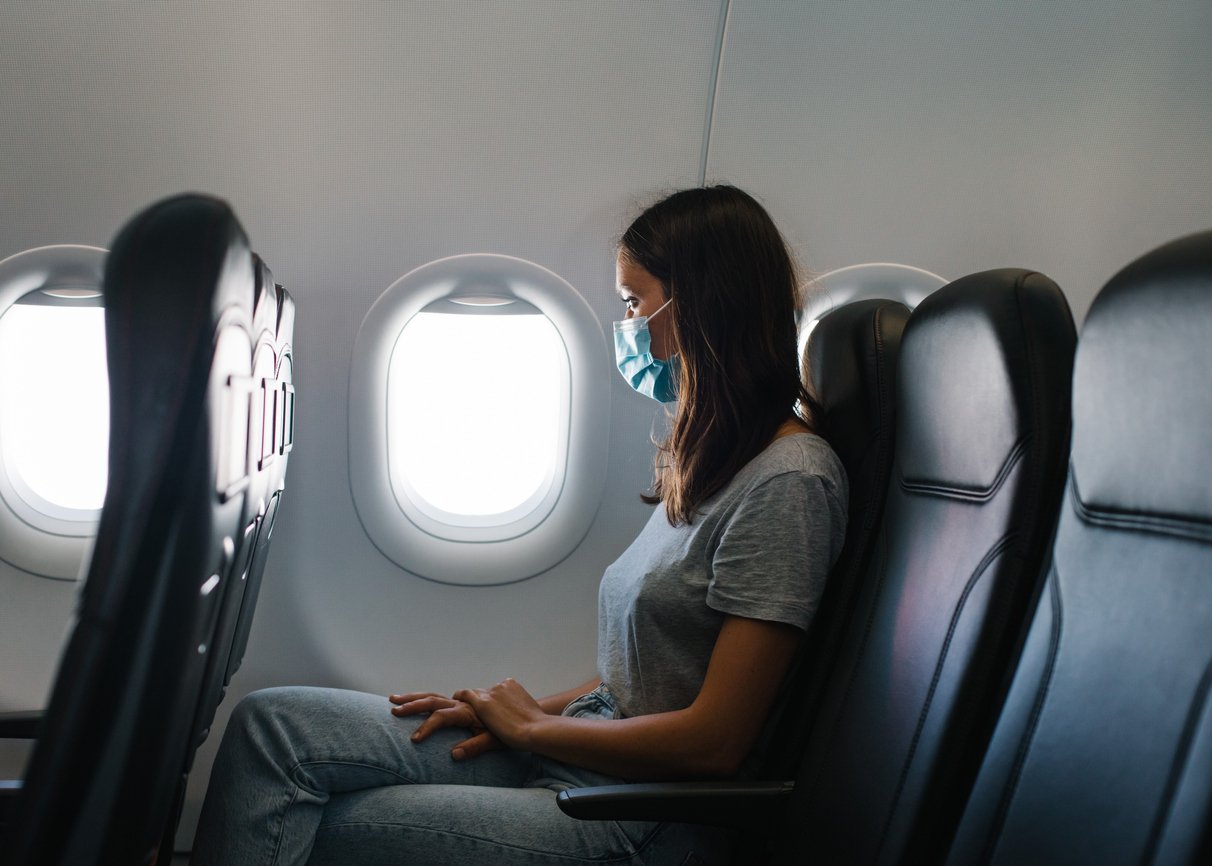When Sammie Mancine booked a flight to Bangkok from the U.S., she didn’t just go for the beaches and great food — she went for a check-up. In a now-viral TikTok, the U.S.-based content creator detailed her comprehensive medical evaluation at ADDLife, a private wellness clinic in Thailand, where she spent about $1,500 for a battery of tests that would cost tens of thousands back home.
What Was Included in the Check-Up?

Her visit began with a full bloodwork panel that tested for inflammation, cancer markers, and cholesterol, followed by a series of comprehensive full-body exams, including fibroscans, CT scan, brain MRI, pap smear, EKG, echocardiogram, eye exam, hearing and stress tests, ultrasounds, mammogram, and more. “It was a full workup,” Mancine says in her video, showing clips of pristine waiting rooms, high-tech equipment, and attentive service. The entire process was completed in one day in the same facility — no months-long referrals, no surprise bills, no waiting on hold with insurance.
Mancine explained that her results were compiled into an 80-page report reviewed by multiple specialists, and she received referrals and follow-up care that same day, including a personalized “game plan for nutrition, movement, and even supplements.” It was the kind of coordinated aftercare that can take months to arrange in the U.S. healthcare system. The check-up also included a 90-minute review with a nutritionist, physical therapist, and physician, plus breakfast and coffee served during the visit.
Prices listed on ADDlife’s site range from a “vital” checkup at $108 for men and women under 25 to the most expensive “Ultimate Plus” at $3,738 for women and $3,472 for men, with promotional prices offering nearly half off.
Her experience has struck a nerve with TikTokkers online, sparking thousands of comments from Americans frustrated by soaring healthcare costs at home. One user wrote, “This would take $200,000 in the US and take 9 months to organize.” Another joked, “My insurance billed me $96,467.87 for just watching this video.”
A Growing Trend of Medical Tourism

The trend Mancine tapped into has a name: Medical tourism, aka traveling abroad to receive medical treatment that’s cheaper, faster, and more comprehensive compared to many Western countries. Thailand, in particular, has built a global reputation for high-quality private care at a fraction of U.S. prices. These facilities attract patients from around the world with English-speaking doctors, transparent pricing, and spa-like facilities.
Still, experts note that medical tourism isn’t without risks. Patients have to navigate differences in standards, follow-up care, and travel logistics — not to mention the complications of being far from home if something goes wrong. But stories like Mancine’s are forcing a broader conversation about how much Americans pay for even the most basic medical care, especially when preventive care is treated as a luxury rather than a necessity. While other countries emphasize catching problems early, the U.S. system often waits until patients are sick enough to bill for — and profit from — expensive treatments.
“American healthcare is reactive instead of proactive because they can make more money off of us this way,” wrote one user in a comment, adding, “They make more money [by] letting things go on and on.”
More Stories You Might Like

- 6 Ways to Save on Medical Bills Before Paying Out of Pocket — If you’re trying to reduce your medical costs here in the U.S., these tips can help you save thousands.
- How ‘Dollar For’ Can Help Reduce Your Medical Bills — The non-profit helps people apply for financial assistance to reduce medical bills. Find out how it works.
- How Long You Were Expected to Live the Year You Were Born — Life expectancy tells the story of how America has changed, from the struggles of the 1940s to the steady progress that followed. See how expectations have changed since you were born.




